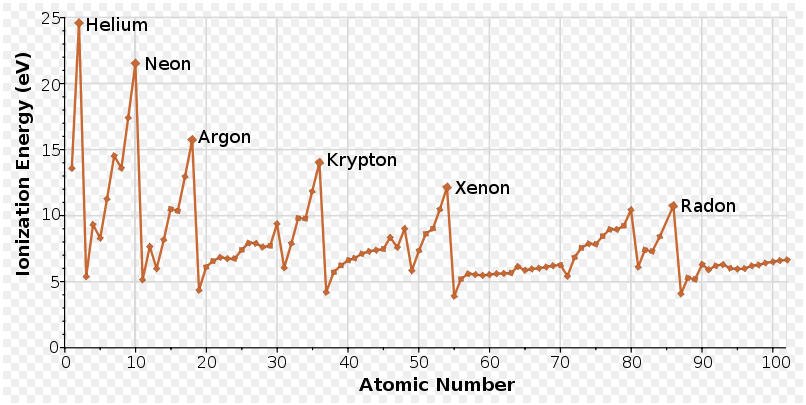|
The
Courses
1. An OSHA Trilogy
2. Applied Volume Calculations
3. Arithmetic
4. Caustic Soda
5. Chemistry Unit I
Chemistry in a Modern World
6. Chemistry Unit II
The Organization of Chemistry
7. Chemistry Unit III Water
and It's Elements
8. Chemistry Unit IV Chemical
Calculations
9. Chemistry Unit V
Ionization
10. Coagulation
and The Lamella Separator
11. Diesel Engine,
The
12. Electrodialysis
13. Filtration
14. Flow
Measurement
15.
Groundwater Pollution,
Remediation & Groundwater Sampling Guidance
16.
Health and
Safety
17. Hydraulics and
Electricity
18. Membrane
Technology
19. Nitrification/ Denitrification
20. Pandemic
21. pH
Measurement
22.
Physical/Chemical Treatment of Industrial Wastewater
23. Plating
24. Pumps
25. Reduction/Oxidation
26. Rules and Regulations
27. Sewage Treatment
28. Unit
Operations Math and Leachate Treatment
29. Unit
Operations Math Module #1
30. Unit
Operations Math Module #2
31. Valves
32. Wastewater
Characteristics and Wastewater Sampling
33. Wastewater
Disposal Options
34.
Wastewater Indicators
35.
Wastewater
Sources (Part 1)
36. Wastewater
Sources (Part 2)
37. Wastewater
Sources (Part 3)
38. Wastewater
Treatment Methods and Disposal
39.
Wastewater Treatment Options (Part 1)
40.
Wastewater Treatment Options (Part 2) |
________________________________________________________________________
providing
Easy to Learn Wastewater Treatment
Correspondence Courses
to complete
the
-
State of Massachusetts Department of
Environmental Protection's
-
State of New
Hampshire's Department of Environmental
Services
-
State of Vermont's
Department of Environmental Conservation
requirements to earn
annual Training Contact Hours (TCH) and/or Continuing Education
Units (CEU).
Sign up NOW and
complete your annual Wastewater Treatment Operator
(WWTO) training
requirements!
________________________________________________________________________

Chemistry Unit V
Ionization
MA Certification Board
File No. BC-2003-1314
TCH: 10 Hours
CEU: 1.0 Units
Price: $150.00
Contents:
Solution and
Crystallization
-
What is the nature of solutions?
-
Types of solutions
-
How does solution equilibrium occur?
-
How does pressure influence
solubility?
-
How does temperature influence
solubility?
-
The rate of solution may be increased
-
Solutions may be dilute or
concentrated
-
Methods of expressing concentrations
-
Solvents are selective
-
Hydrogen bonds affect the properties of
solvents
-
Freezing and boiling points of solutions
differ from those of their solvents
-
Molecular weights of solutes
-
What are crystals?
-
Chemists purify chemicals by
crystallization
-
Standards of purity
-
Water of hydration
-
What is efflorescence?
-
What is deliquescence?
The Theory of
Ionization
-
Some solutions conduct electricity
-
Electrolytes lower the freezing point more
than non-electrolytes
-
Electrolytes raise the boiling point more
than non-electrolytes
-
How is the behavior of electrolytes
explained?
-
The modern theory of ionization
-
The structure of electrovalent
compounds
-
The hydration of lime
-
Some covalent compounds ionize
-
Some electrolytes are strong, others are
weak
-
Water ionizes slightly
-
Some substances do not ionize
-
Electrolytes affect the freezing and boiling
points abnormally
-
The degree of ionization may be
measured
Acids, Bases
and Salts
-
Acids are an important class of
substances
-
Important industrial acids
-
What is an acid?
-
Modern definition of acids
-
Properties common to acids
-
How are acids named?
-
What are acid anhydrides?
-
What is a base?
-
The characteristics of hydroxides
-
How are hydroxides named?
-
What are basic anhydrides?
-
The pH of a solution
-
What are standard solutions?
-
Standard solutions of known molality
-
Standard solutions of known molarity
-
Standard for equivalent weights
-
Standard solutions of known normality
-
Standard solutions and titration
-
Indicators in titration
-
What is a salt?
-
Salts have varied properties
-
What reactions produce salts?
-
How are salts named?
Chemical
Equilibrium
-
Reversible reactions may reach
equilibrium
-
Equilibrium is a dynamic state
-
Factors affecting the speed of
reaction
-
The Law of Mass Action
-
The equilibrium constant is important to
chemists
-
Factors that disturb equilibrium
-
Some reactions run to completion
-
What is the common ion effect?
-
The ionization constant of water
-
Hydrolysis of salts
Oxidation -
Reduction Reactions
-
What is oxidation?
-
What is reduction?
-
Oxidation and reduction occur
simultaneously
-
Oxidation numbers
-
Balancing oxidation-reduction
equations
-
Oxidizing and reducing agents
-
Electrochemical reactions
|
